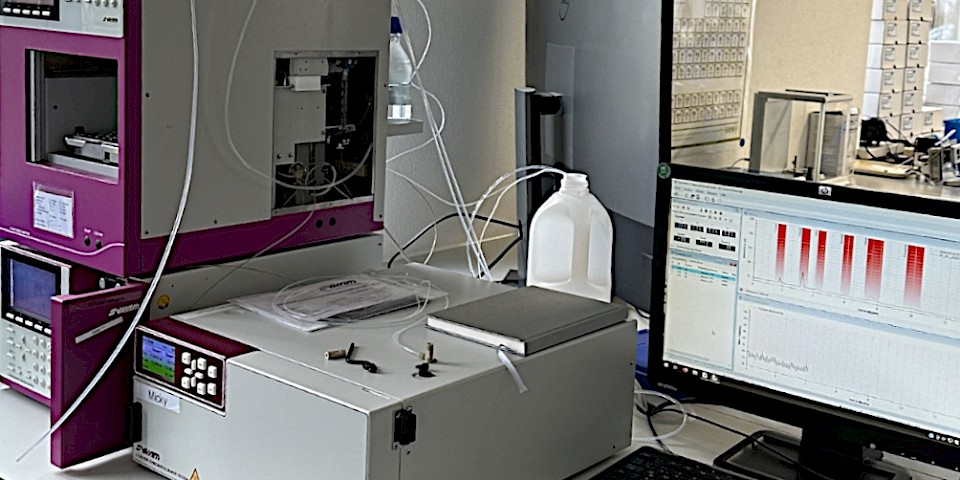Pharmacovigilance
Derived from the Greek pharmakon "remedy, poison" and the Latin vigilantia "vigilance, care", pharmacovigilance describes all knowledge about drug safety (BfArM - Pharmakovigilanz, n.d.) .
As a general rule, the safety of pharmaceutical drugs is not yet complete at the time of their first authorization.
This is primarily due to the fact that the clinical testing of a drug is initially carried out on a relatively small number of patients. These patients have also been specially selected for the clinical trial under various aspects and do not usually represent the average patient under everyday conditions in practice.
Rare or very rare adverse effects, interactions or other dangers in connection with the use of the drug as well as long-term effects cannot usually all be identified in clinical trials for reasons of duration alone.
However, serious rare adverse drug reactions (ADRs) in particular are of great importance for the overall assessment of a new drug.
New findings on the safety of drugs can emerge long after they have been approved and depend on new developments in medical science. This is the reason for the long observation periods of phase IV drug research. (see there)
[1] Origin of the quote "Pharmacokinetics is what the body does to the drug-pharmacodynamics is what the drug does to the body" cited by Holford & Sheiner 1982 after Ritschel, 1973 (Holford, 2011) : "The aphorism "Pharmacokinetics is what the body does to the drug-pharmacodynamics is what the drug does to the body" was mentioned in one of the reviews I wrote with Lewis Sheiner but I have no idea where we heard it. Benet believes he used it in a workshop in 1980 which was eventually published in a book in 1984. However, there is an earlier publication by Wolfgang Ritschel with these words "In Pharmacokinetics we ask: What happens to the drug in the organism after its liberation from the dosage form? And in Pharmacodynamics we ask: What happens to the organism under the influence of the drug?" (translated for me by Professor Ritschel)"; In the original German version: „Das Pharmakon und der Organismus bilden zusammen ein materialistisches System, das von zwei verschiedenen Gesichtspunkten aus betrachtet werden kann, nämlich von der Seite der Pharmakokinetik und der Seite der Pharmakodynamik. In der Pharmakokinetik fragen wir: Was geschieht mit dem Arzneistoff im Organismus nach seiner Freisetzung aus der Arzneiform? Und in der Pharmakodynamik fragen wir: Was geschieht dem Organismus unter dem Einfluss des Arzneistoffes?“

